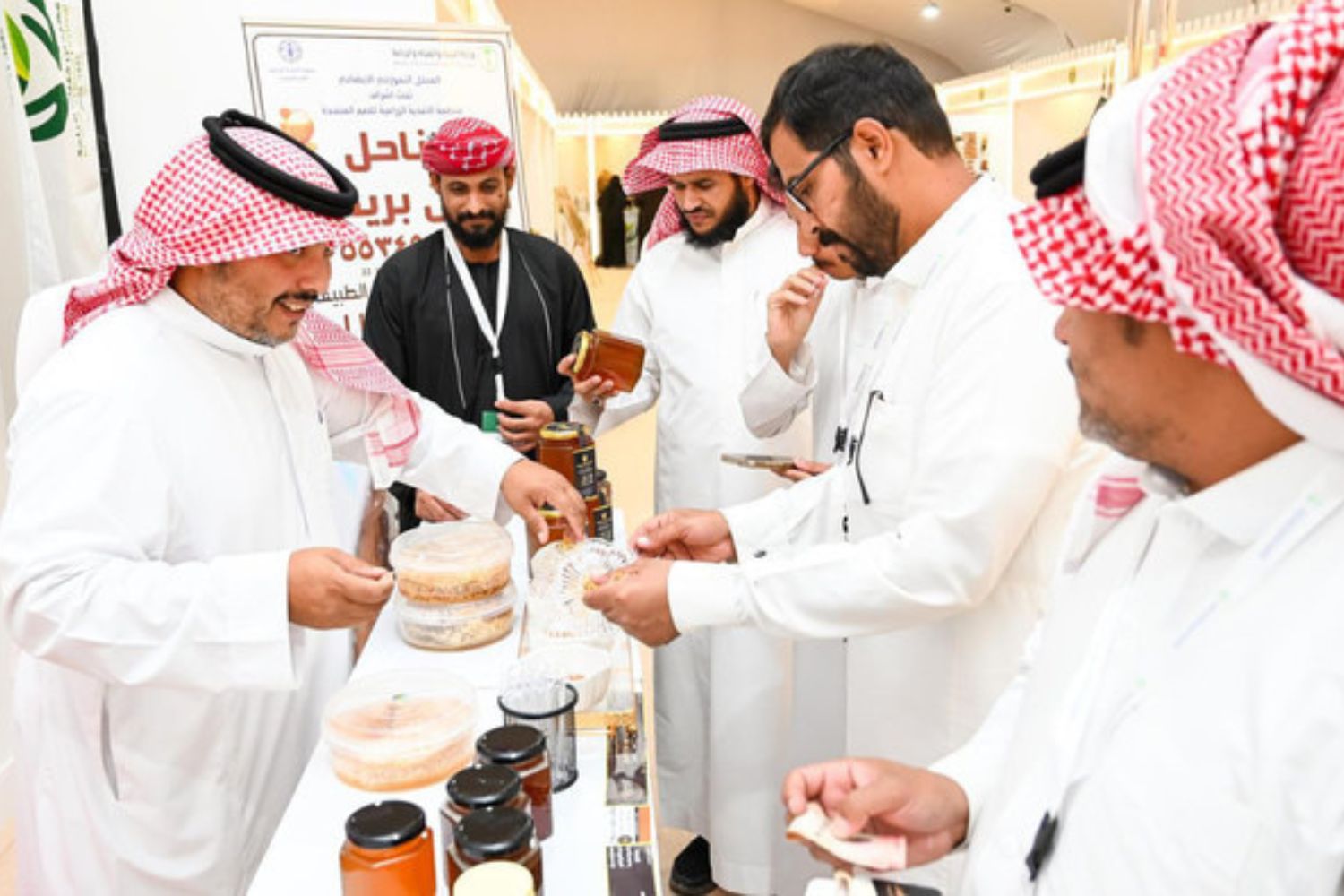Falconry has deep roots in Saudi Arabian heritage, and the Al-Mellwah race is one of the ways the kingdom is keeping that tradition alive for future generations. Organiseud by the Saudi Falcons Club, this year’s race will take place from Oct. 7 to 12 at the club’s headquarters in Malham, just north of Riyadh. It’s an exciting event for falconry enthusiasts and a step toward preserving this ancient practice.
The Al-Mellwah race isn’t just a competition; it’s a celebration of falconry, bringing together some of the fastest and most majestic birds in the region. Falcons will race over a 200-meter stretch, with the goal of covering the distance in the shortest possible time. The stakes are high, as the top falcons will qualify for the prestigious King Abdulaziz Falconry Festival, one of the biggest events of its kind.
This year’s race features a special category for young falcons, or “farkh,” which includes several species such as the hur, shaheen, gyr pure, gyr shaheen, gyr taba, and mathlooth gyr. These birds are at the start of their falconry careers, and the race gives them the chance to show off their potential.
The Al-Mellwah race offers a total prize pool of SR750,000 (roughly $200,000), which will be distributed among the 18 winners across six rounds. For the falconers, it’s not just about the prize money—it’s a matter of pride and tradition, as they aim to prove the speed and agility of their falcons.
But the Al-Mellwah race is part of something bigger. Running alongside the race is the International Saudi Falcons and Hunting Exhibition, which kicks off on Oct. 3 and will run until Oct. 12. This exhibition is massive, with over 400 exhibitors from 45 countries showcasing their products and services. From hunting gear to falconry supplies, there’s something for everyone with an interest in the sport.
The event isn’t just for falconers. It’s also a platform for raising awareness about conservation and sustainable hunting practices, aligning with Saudi Arabia’s Vision 2030 goals. Two Saudi royal reserves will participate in the exhibition: the Imam Turki bin Abdullah Royal Nature Reserve and the King Abdulaziz Royal Reserve.
The Imam Turki bin Abdullah Royal Nature Reserve Development Authority will have a pavilion at the exhibition, showcasing the reserve’s ecotourism projects and historical significance. Visitors can learn about the King Abdulaziz Palace and the Laynah heritage market, both important cultural sites. The pavilion will also highlight the Shamal Reserve for Sustainable Hunting, providing details on the types of prey found there and the ethical hunting methods permitted.
Meanwhile, the King Abdulaziz Royal Reserve Development Authority will present its efforts to preserve the reserve’s natural and historical features. The authority’s pavilion will focus on the region’s biodiversity and its conservation initiatives, all of which tie into Saudi Arabia’s broader environmental objectives under Vision 2030.
Both reserves are committed to raising awareness about the importance of preserving natural resources for future generations. Their participation in the exhibition is a chance to engage the community in these efforts and emphasise the role of everyone in protecting the environment.
Falconry is more than just a sport in Saudi Arabia—it’s a symbol of the kingdom’s history and its connection to nature. Events like the Al-Mellwah race and the International Saudi Falcons and Hunting Exhibition serve as reminders of the need to preserve this tradition while looking toward the future. They also show how falconry can fit into Saudi Arabia’s broader goals of sustainability and environmental conservation.
As part of Vision 2030, Saudi Arabia is focusing on protecting its natural heritage, promoting ecotourism, and encouraging sustainable practices. Falconry, with its deep ties to the land and wildlife, is a perfect example of how ancient traditions can be preserved in a modern, forward-looking way.
By bringing together falconers, conservationists, and enthusiasts from around the world, the Al-Mellwah race and the exhibition foster a sense of community and shared responsibility for preserving both the sport and the environment.
As the falcons take flight in the Al-Mellwah race, they’re not just competing for a prize—they’re representing a tradition that spans generations. The Saudi Falcons Club and the Royal Reserves are working hard to ensure that falconry remains a part of the kingdom’s heritage for years to come. Through events like these, they’re educating the public, inspiring the next generation, and keeping the spirit of falconry alive.
For now, all eyes are on the skies above Malham, where the swiftest falcons will race for glory and a chance to qualify for the King Abdulaziz Falconry Festival. Whether you’re a seasoned falconer or simply someone with an appreciation for tradition, the Al-Mellwah race is a reminder of the rich heritage that makes Saudi Arabia’s falconry scene so special.
ALSO READ: Riyadh falcon auction earns $2.66M from sale of birds














Your point of view caught my eye and was very interesting. Thanks. I have a question for you.